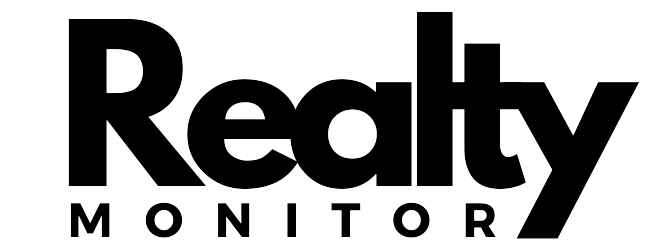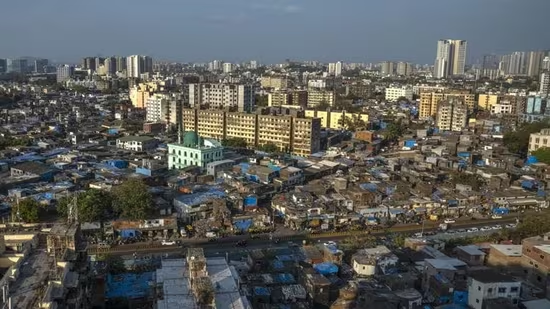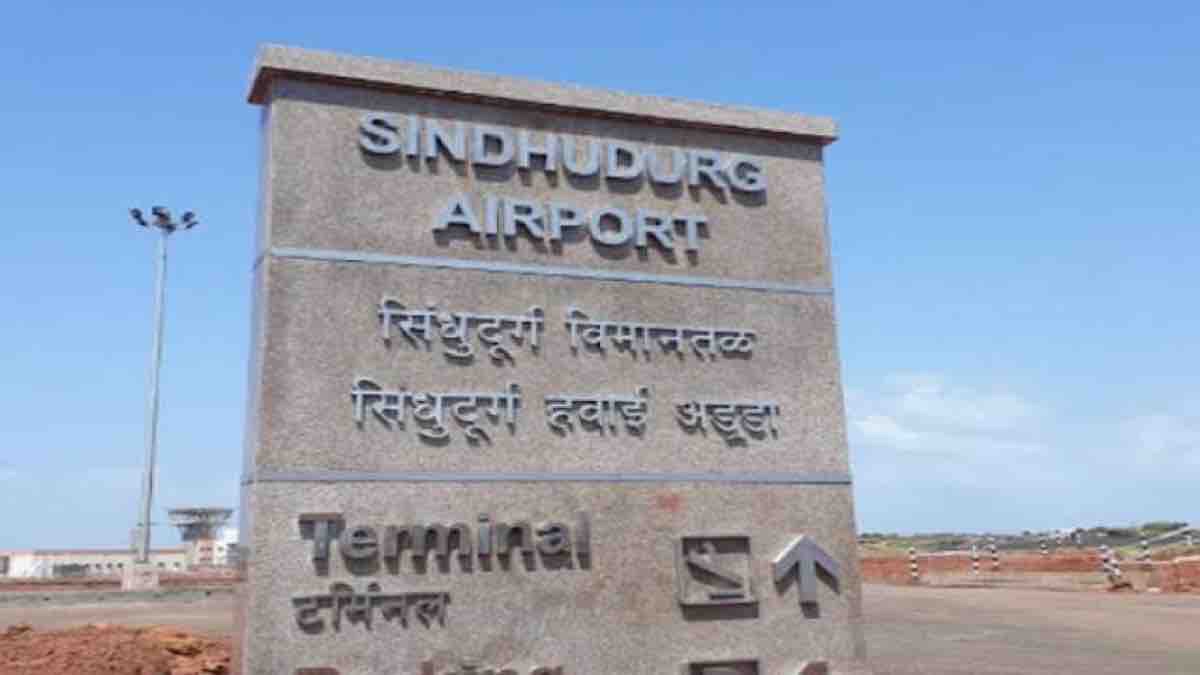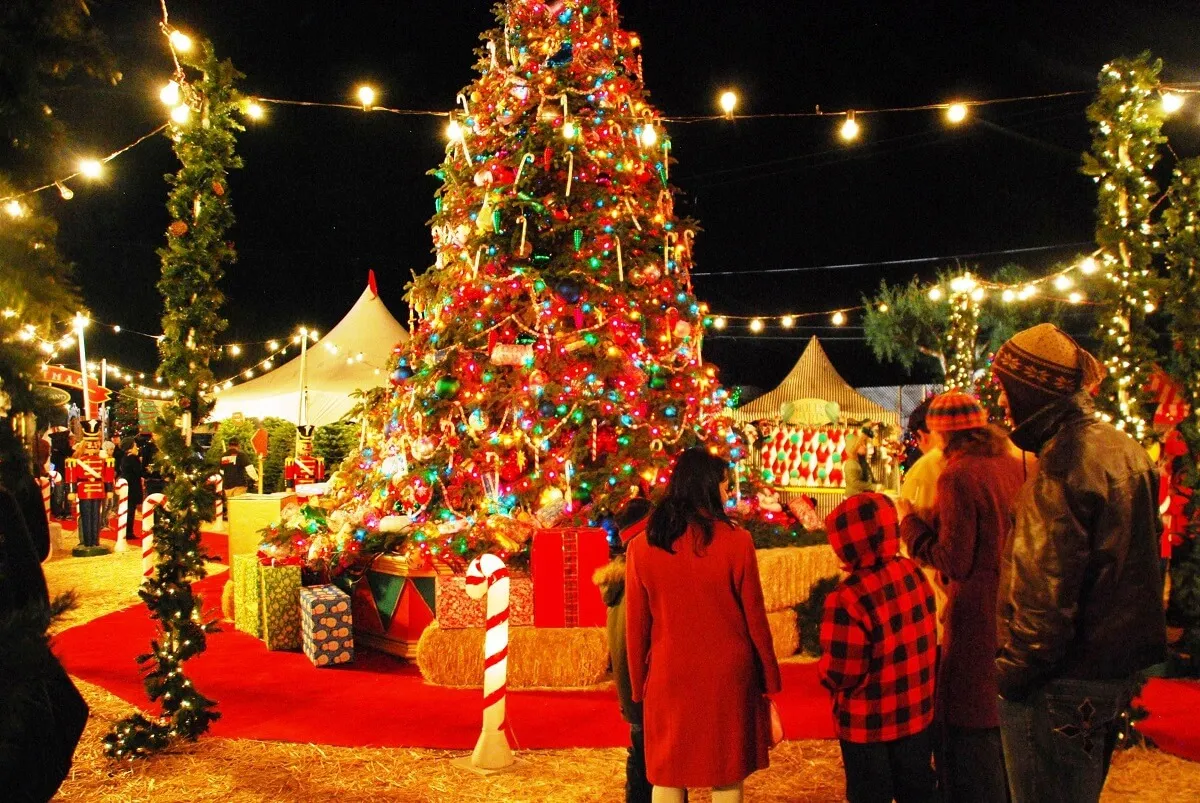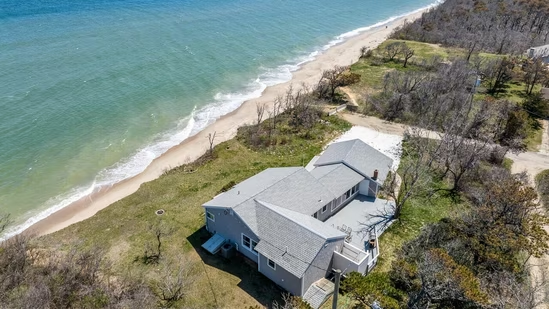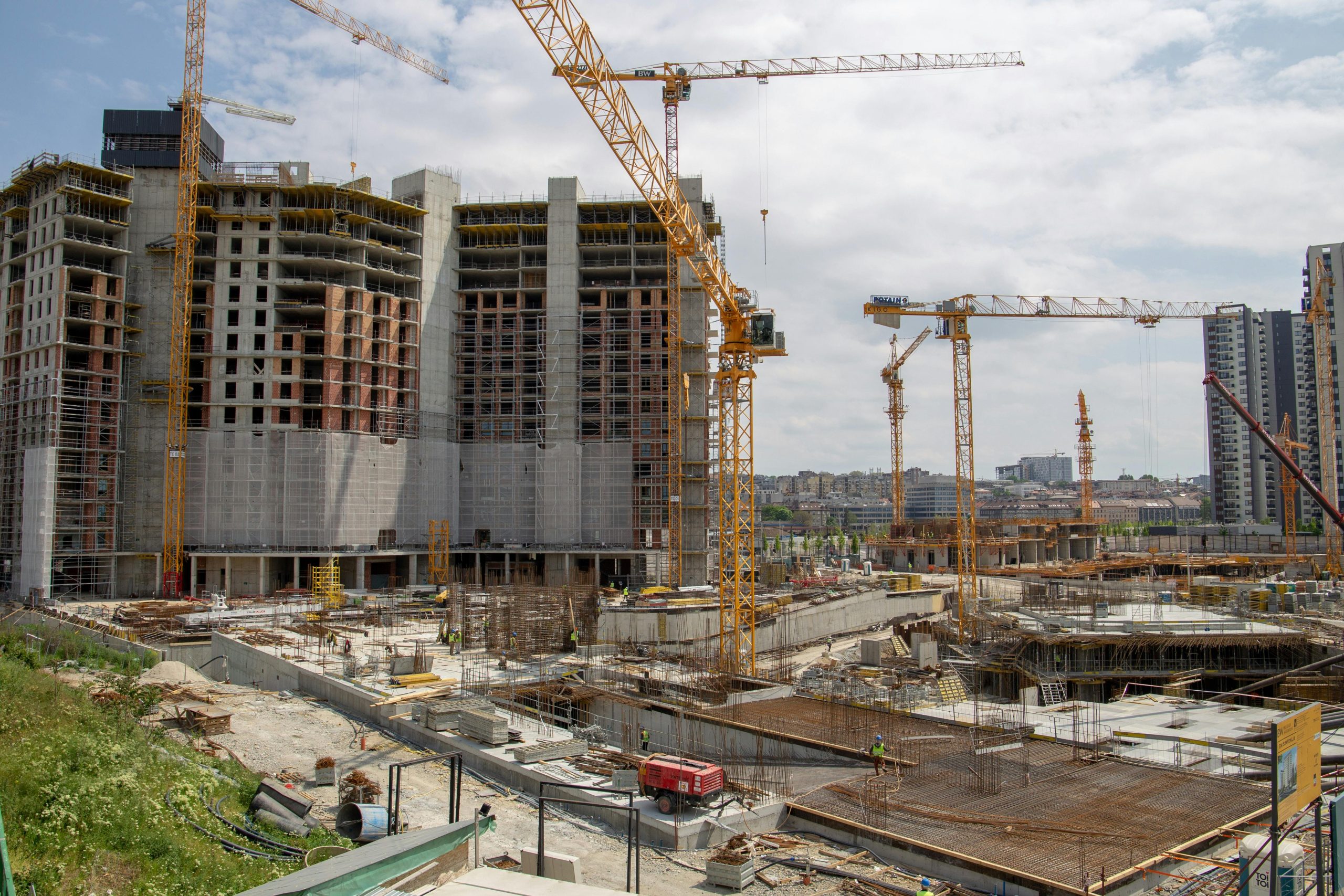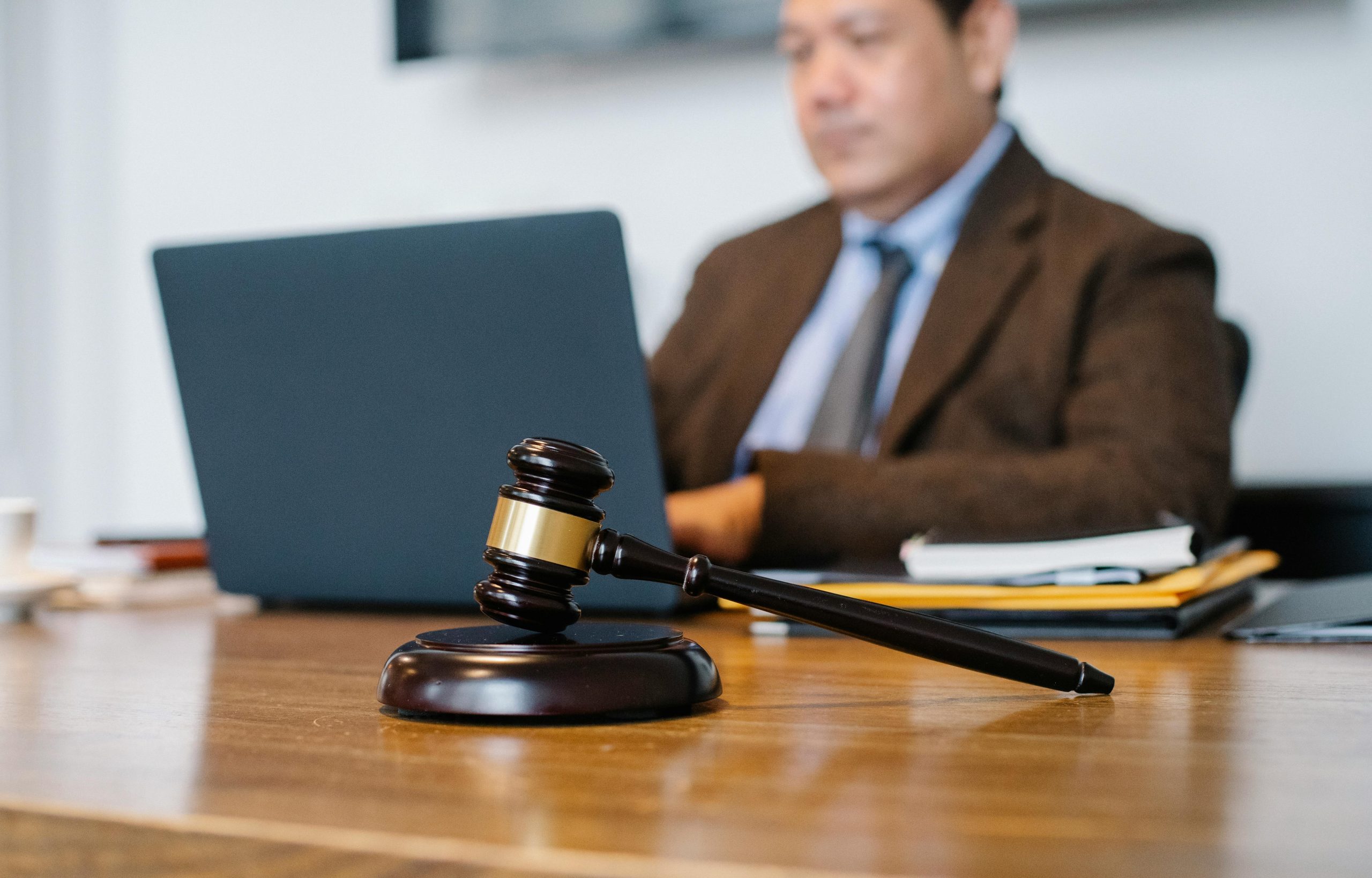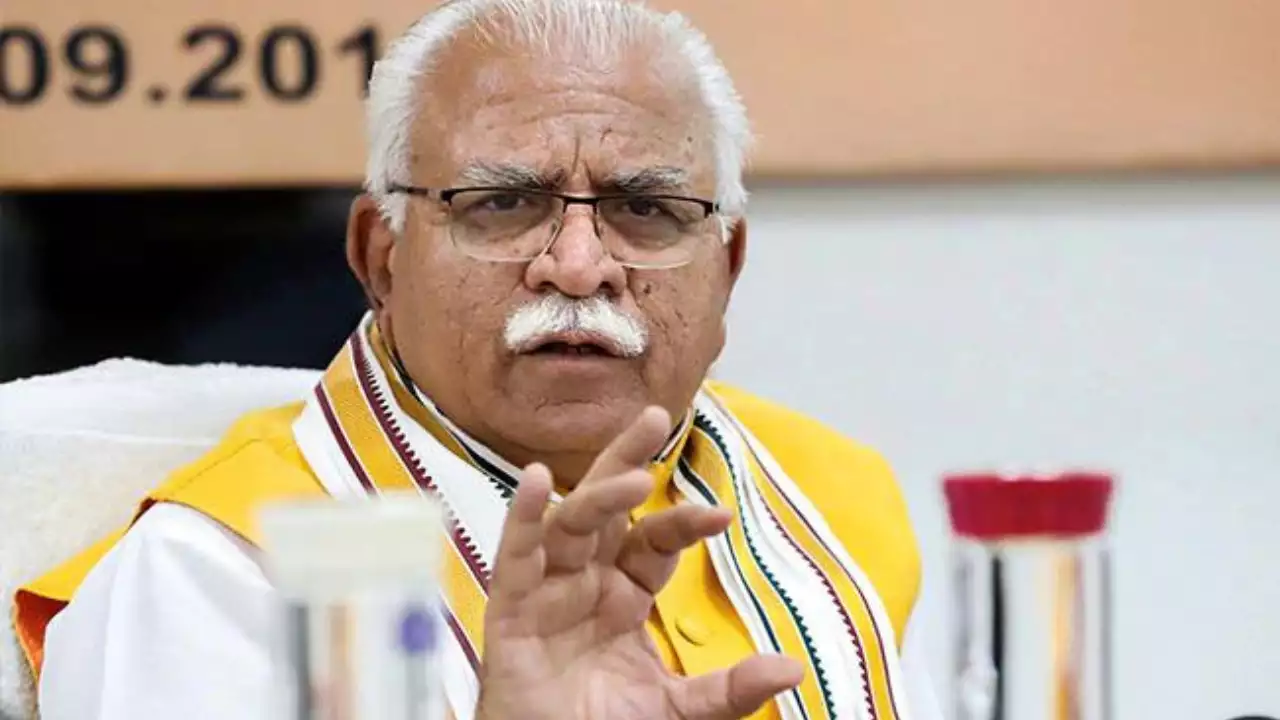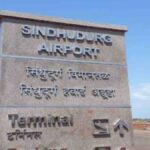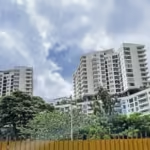In a strategic move designed to avoid protests and ensure a smooth commencement, the much-anticipated Dharavi redevelopment ceremony was conducted in a low-key manner. The event, which marked the beginning of this ambitious project, was attended by key government officials and representatives of the Dharavi Redevelopment Authority (DRA).
The decision to keep the ceremony discreet was largely driven by the ongoing opposition from local residents and activists who have raised concerns about the project’s impact on the community’s heritage and livelihoods. The redevelopment plan, which involves transforming the densely populated Dharavi slum into a modern urban center, has faced criticism from those who fear displacement and loss of their traditional way of life.
Despite the opposition, the government remains steadfast in its commitment to the redevelopment project, citing its potential benefits, such as improved infrastructure, better housing, and enhanced amenities for the residents of Dharavi. The government believes that the project will provide a brighter future for the community and contribute to the overall development of Mumbai.
However, the challenges ahead for the Dharavi redevelopment project remain significant. The government will need to navigate a delicate balance between addressing the concerns of local residents and ensuring the project’s success. This will involve effectively managing the complex logistics involved in such a large-scale urban renewal project, ensuring fair compensation and resettlement packages, and preserving the community’s cultural heritage.
One of the key challenges lies in the resettlement process. The government will need to develop a comprehensive plan to relocate the residents of Dharavi to new housing units that are comparable in quality and affordability. This will require careful planning, coordination with various government agencies, and transparent communication with the affected residents.
Additionally, the government will need to address concerns related to the preservation of Dharavi’s unique character and heritage. While redevelopment is essential, it is crucial to ensure that the project does not erase the community’s cultural identity. This may involve preserving historic buildings, incorporating traditional elements into the new development, and providing opportunities for local businesses to continue operating in the area.
Furthermore, the government will need to manage the potential economic disruptions that may arise during the redevelopment process. Temporary relocation and disruption of businesses can have a significant impact on the livelihoods of residents. The government will need to provide adequate support and assistance to businesses and residents during this transition period.
In conclusion, the Dharavi redevelopment project is a complex undertaking with significant challenges to overcome. While the government remains committed to its goals, it is essential to address the concerns of local residents and ensure a fair and equitable redevelopment process. By effectively managing the resettlement process, preserving cultural heritage, and mitigating economic disruptions, the government can pave the way for a successful transformation of Dharavi and improve the lives of its residents.
